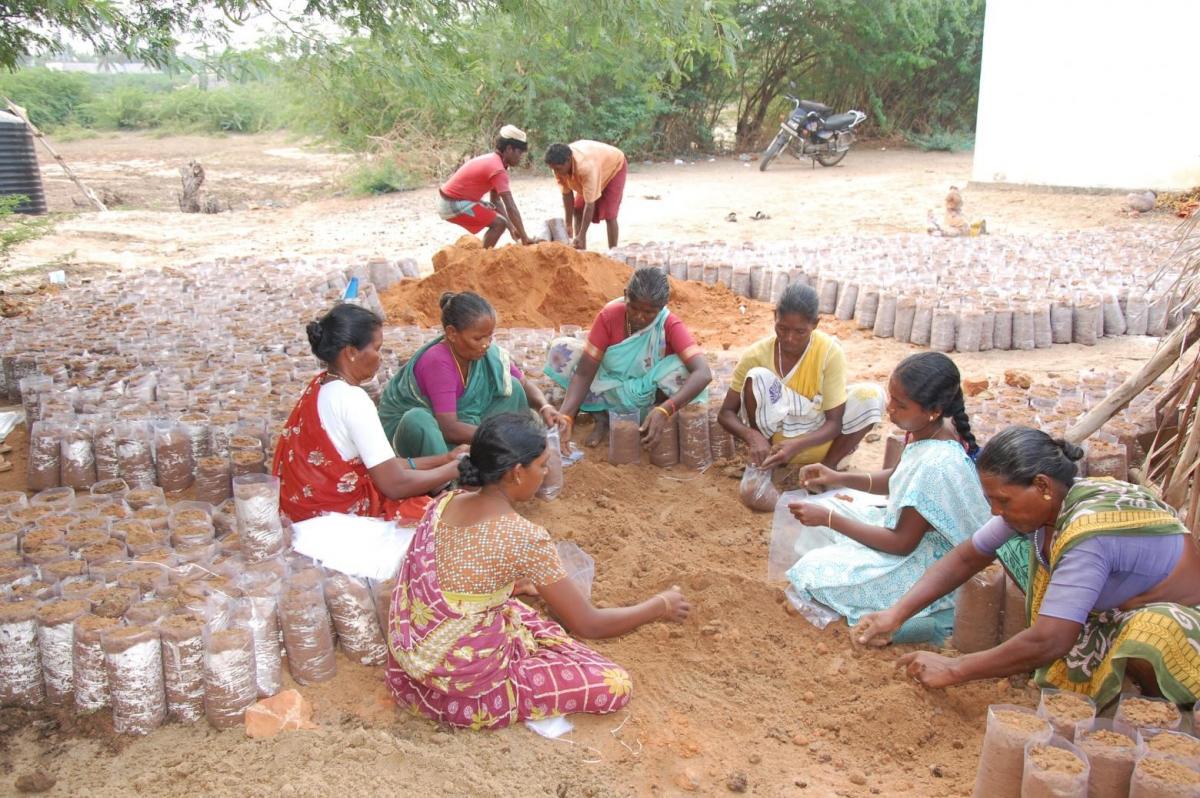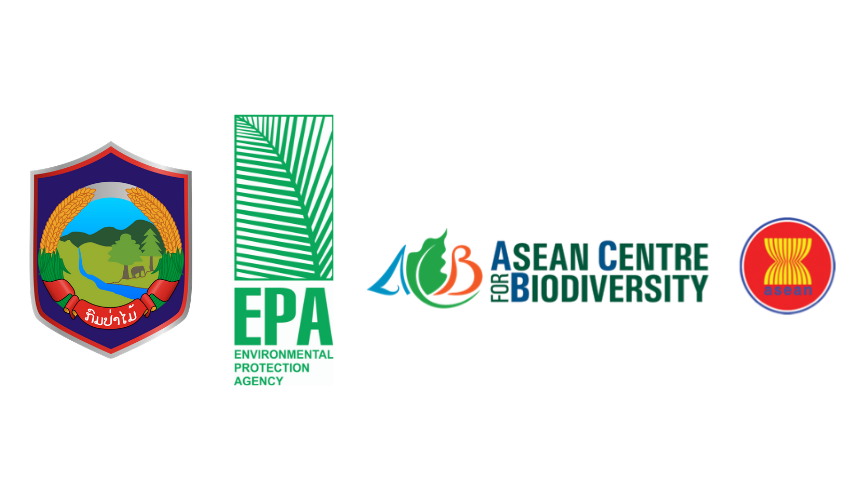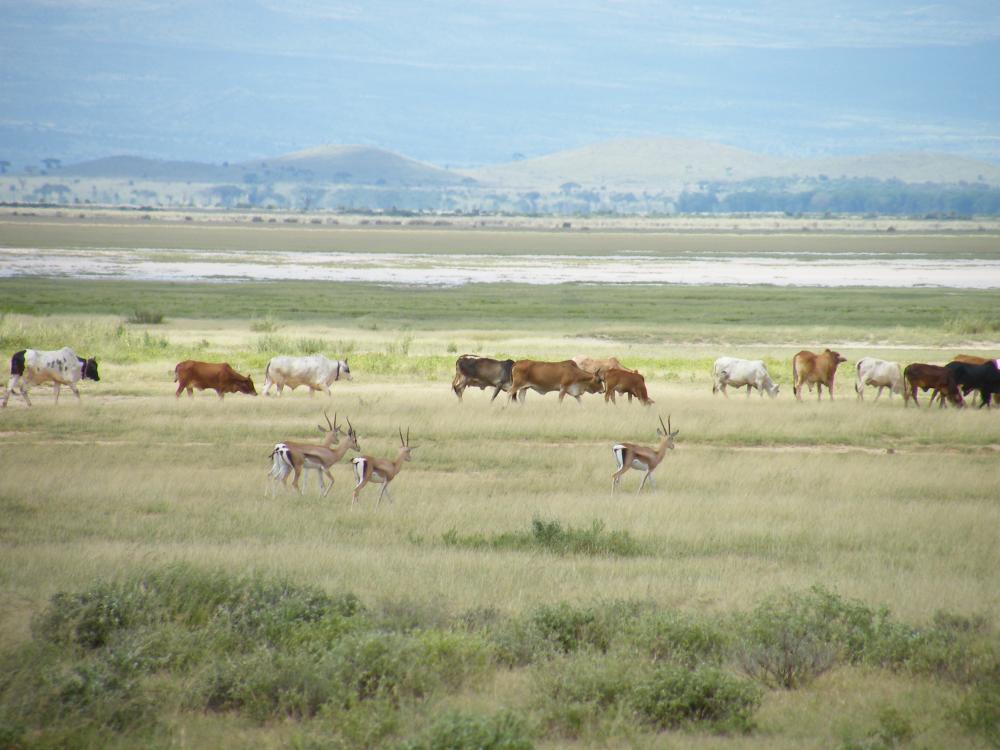Three countries work in tandem to improve management effectiveness in Selva Maya protected areas
Through the Selva Maya Natural Resources Protection Project, protected areas are showing how activities in different arenas can improve management effectiveness for threatened ecosystems, with measurable results.
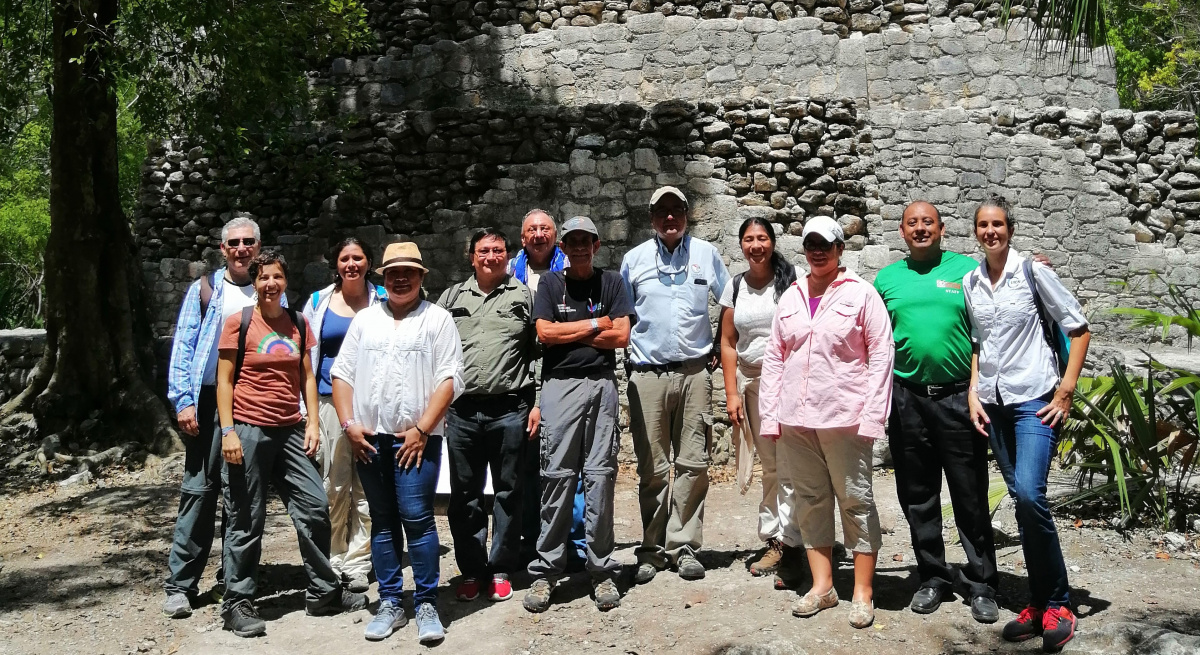
El Grupo de Expertos Asesores de la Lista Verde para la Selva Maya se reunió en agosto de 2019 en Chetumal, México, con el propósito de realizar las evaluaciones regionales de efectividad de manejo de siete de las diecinueve áreas protegidas priorizadas en la Selva Maya, basadas en el estándar de la Lista Verde de Áreas Protegidas y Conservadas de la UICN.
Photo: UICN / Adriana González
Selva Maya, May 19, 2021 (UICN). Government protected areas authorities in Belize, Guatemala and Mexico supported actions to guarantee biodiversity conservation and sustainable natural resources use together with local communities and Indigenous Peoples, applying the principle of inclusion and respect toward those who have made their home in this zone.
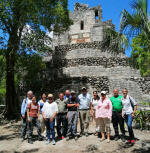
El Grupo de Expertos de Evaluación de la Lista Verde para la Selva Maya reunido en agosto de 2019 en Chetumal, México, con el propósito de realizar las evaluaciones regionales de efectividad de manejo de siete de las diecinueve áreas protegidas priorizadas en la Selva Maya, basadas en el estándar de la Lista Verde de Áreas Protegidas y Conservadas de la UICN.
Photo: UICN / Adriana GonzálezAfter four years of work, the Selva Maya Natural Resources Protection Project implemented by IUCN, International Union for Conservation of Nature, backed by the German Ministry of Economic Cooperation and Development co-financed through KfW – German Development Bank-, has contributed to the sustainability of Selva Maya protected areas governed equitably and effectively. Sustainable development is promoted by preserving nature with respect for social, economic and cultural values. Multiple actions were generated and supported, such as biodiversity monitoring; control, inspection and surveillance; sustainable production activities and environmental education.
Thanks to this important contribution by the German Federal Government and the Project, the IUCN Green List of Protected and Conserved Areas global Standard was introduced and adapted to Selva Maya. The objective is to encourage, achieve and promote protected areas that are managed effectively, equitably and successfully, in all countries and jurisdictions.
“With its application in Selva Maya, the Green List introduces a high bar in defining what a well-managed area is and invites protected areas to produce verifiable evidence from different sources and be able to maintain indicators, which will bring a change. The indicators provide evidence for civil society and with this, transparency and accountability about management, thereby turning it into an important cultural change,” asserted Dr José Courrau, IUCN Senior Advisor, Protected Areas.
Effective management entails objectively measuring the effort each country invests to preserve existing biodiversity in priority Selva Maya protected areas, maintain their ecosystem services, mitigate climate change and improve people’s health and quality of life. For this, indicators are established to assess the scope of improvements in management effectiveness, connectivity among protected areas and strengthened coordination between Belize, Guatemala and Mexico.
Adaptation of the IUCN Green List Standard
La adaptación del Estándar de la Lista Verde a la Selva Maya tuvo como objetivo fortalecer las herramientas de efectividad de manejo usadas en cada país y su integración bajo un mismo esquema comparativo regional estandarizado.
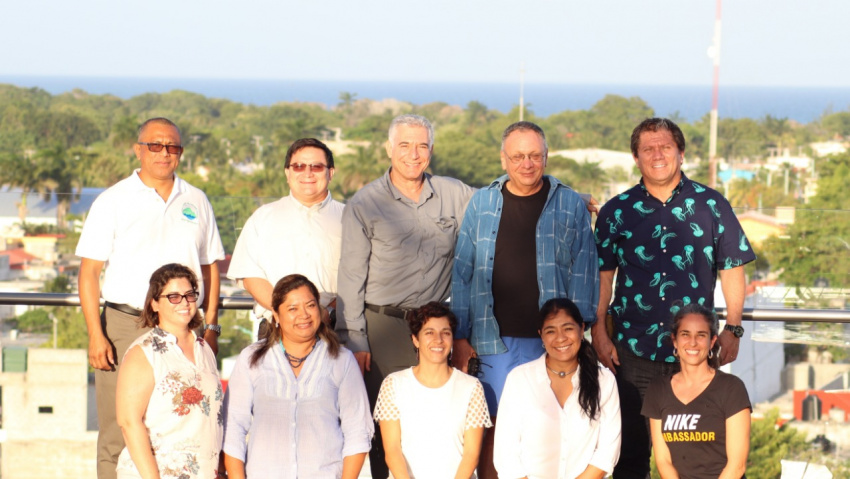 Grupo de Expertos de Evaluación de la Lista Verde para la Selva Maya
Photo: UICN
Grupo de Expertos de Evaluación de la Lista Verde para la Selva Maya
Photo: UICN
The aim of tailoring the Standard to each country is to strengthen the management effectiveness tools used in each and integrate them under a same comparative system in a regional standard.
The adaptation process entails harmonising national indicators with those of the Green List Standard, country by country. These are agreed and established by the Selva Maya Regional Expert Assessment Group for the Green List, which validates it in each region.
Methodology to examine verifiers of protected areas against the Green List standard adapted for Selva Maya involved:
- Collecting, organising and sharing pre-agreed means of verification with the Selva Maya Regional Assessment Group;
- Evaluating, for each protected area, the achievement of indicators based on systematised verifiers;
- Identifying information gaps and the aspects each protected area needs to improve and
- Sharing the findings of effectiveness evaluations with the directors of protected areas for discussion and incorporation (if necessary) in work plans.
Application of the set of components, criteria and indicators contemplated in the Green List Standard provided a global benchmark for quality and credibility, which contributed to improved management effectiveness in Selva Maya compared to 2017 when the Project launched. This means that progress occurred in management measures defined for the region, through more targeted care and attention to certain aspects of the protected areas.
Courrau commented that in part, understanding and acceptance of the management plans the Project developed were due to awareness of the content. A simple and clearly written print version was produced and distributed among the zone’s influencer groups.
This demonstrated to civil society, community leaders and organisations involved in the preservation of protected areas that conservation actions to improve management can be measured objectively.
Components such as local management of protected areas, control and surveillance to verify everything is in order and in line with national laws and international rules and regulations were supported by different community actors, convinced that Selva Maya requires protected areas that are well governed, well designed and well administered, making them an effective tool to conserve biodiversity and its ecosystems.
“Selva Maya is a diverse forest extremely important for the conservation of biodiversity and ecosystem services in Central America, a forest with extremely important species and ecosystem services we can’t afford to lose. So periodic country reporting on compliance with global commitments demonstrates there is will to safeguard this place for the planet,” Courrau concluded.
Global challenge, joint efforts!
